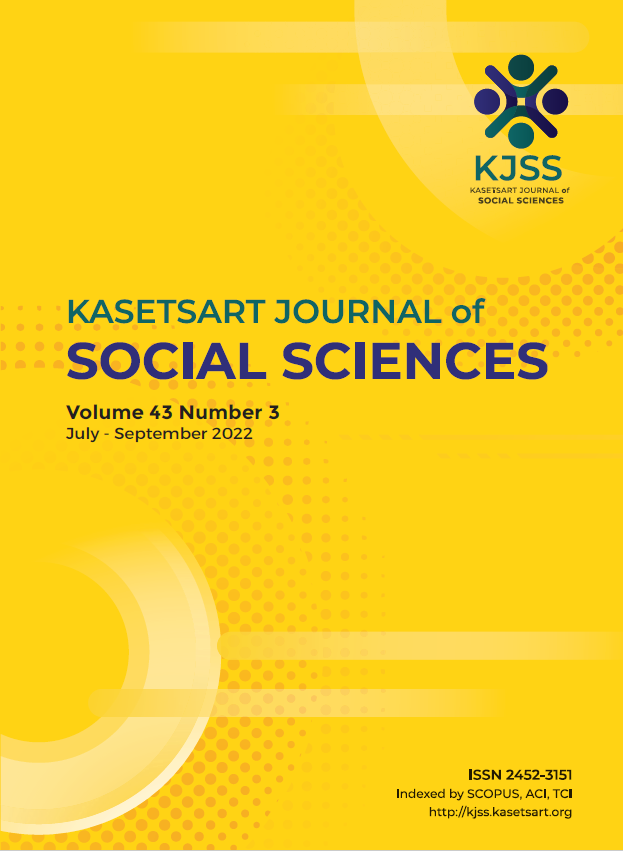Maternal techno-space: Assisted Reproductive Technology (ART) and the ontological construction of motherhood in Thailand
Keywords:
actor-network theory, assisted reproductive technology, motherhood, techno-space, Thai contextAbstract
For over 30 years, Assisted Reproductive Technology (ART) has been used to meet the needs of married couples experiencing fertility problems in Thai society. The operation of ART compels us to consider the impact of technology on human nature and how it contributes to the construction of motherhood. The purpose of this article is to introduce a new analytical lens for examining the role of ART in the construction of the human body and motherhood from a post-humanistic perspective. The study used a qualitative methodology and drew samples from infertility patients and ART laboratory work. In-depth interviews, field notes, observations and photographs of tools/equipment were used to determine how the technology works in a laboratory setting within a clinic. The study demonstrated that ART is not only a technique for fixing physical defects in humans, but also a techno-space that shapes the human body to facilitate reproduction and motherhood construction. Spatiality, as performed by ART, denaturalizes and technicalizes the body. As a result, the ontological construction of motherhood takes on a spatial dimension and transcends human nature, resulting in what is referred to as techno-maternity.
Downloads
Published
How to Cite
Issue
Section
License

This work is licensed under a Creative Commons Attribution-NonCommercial-NoDerivatives 4.0 International License.
This is an open access article under the CC BY-NC-ND license http://creativecommons.org/licenses/by-nc-nd/4.0/










